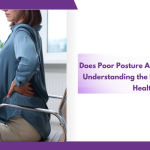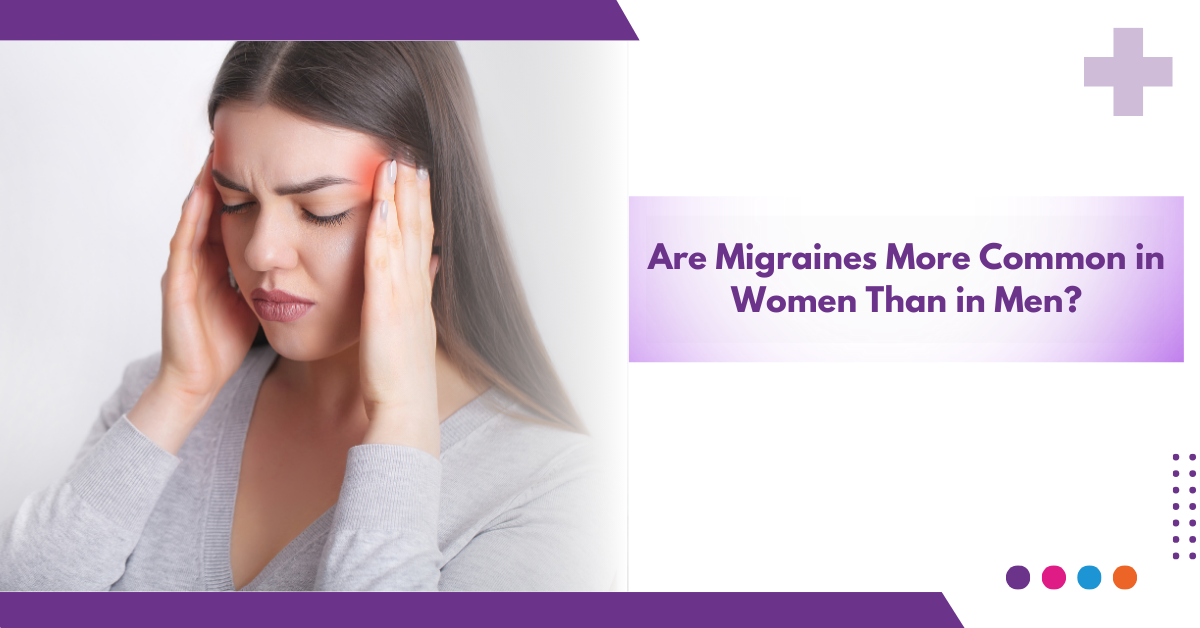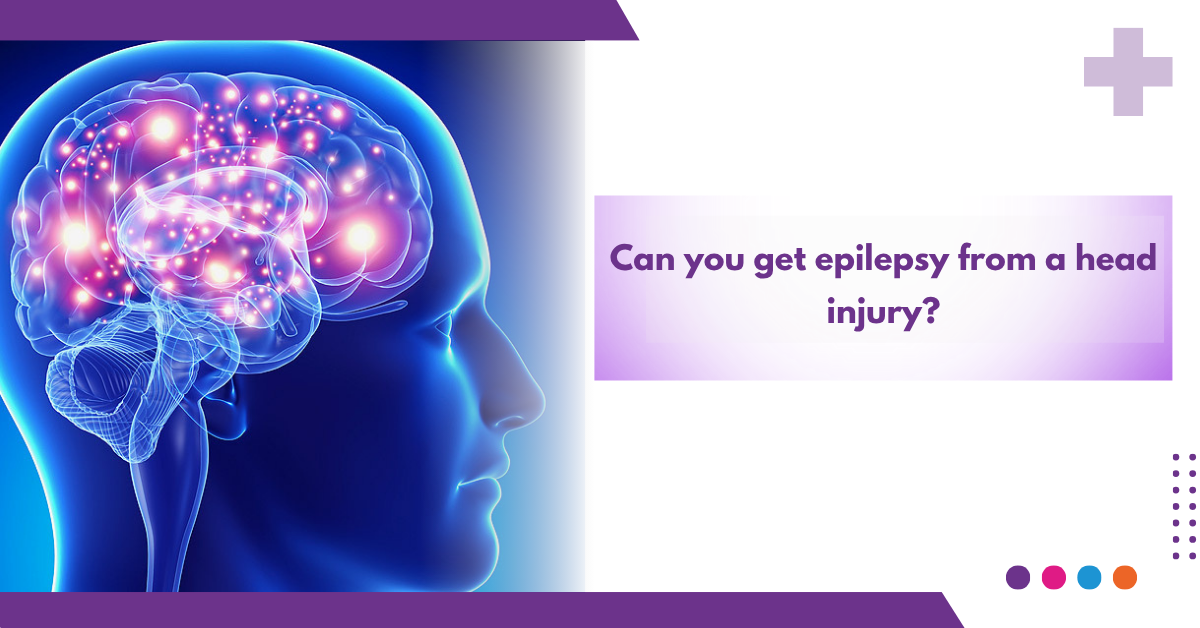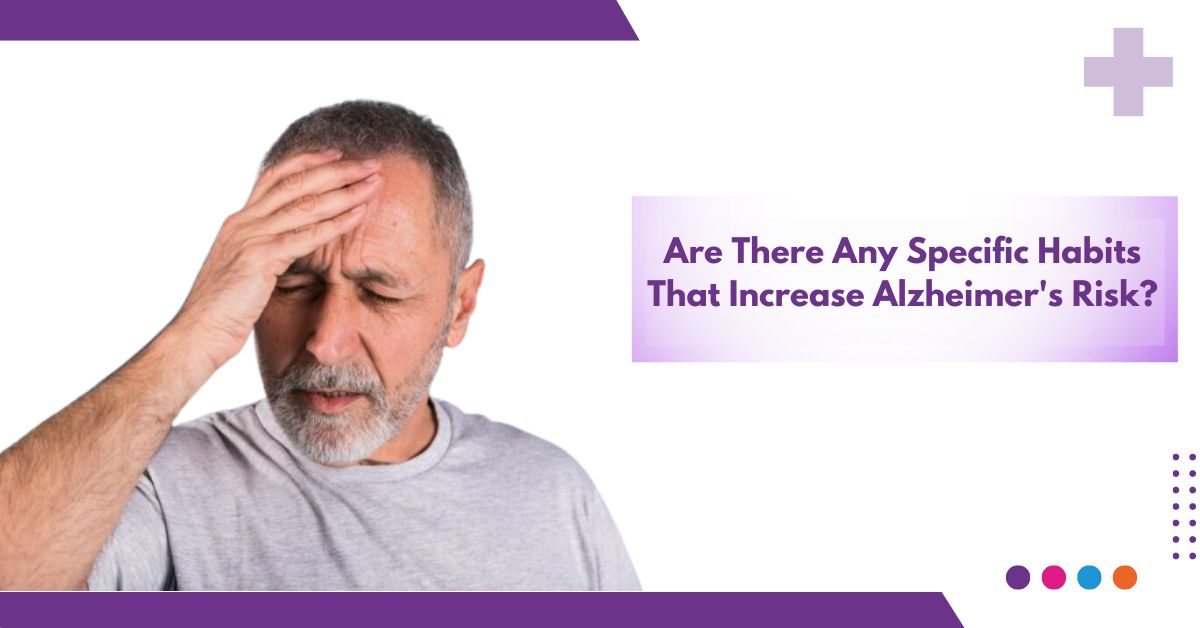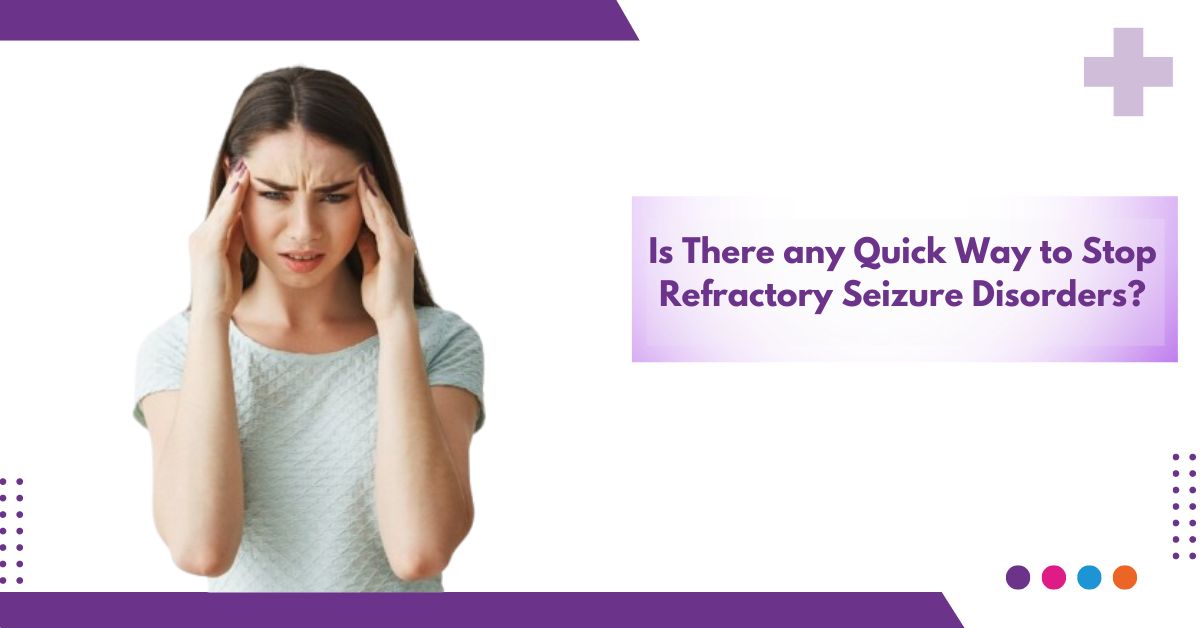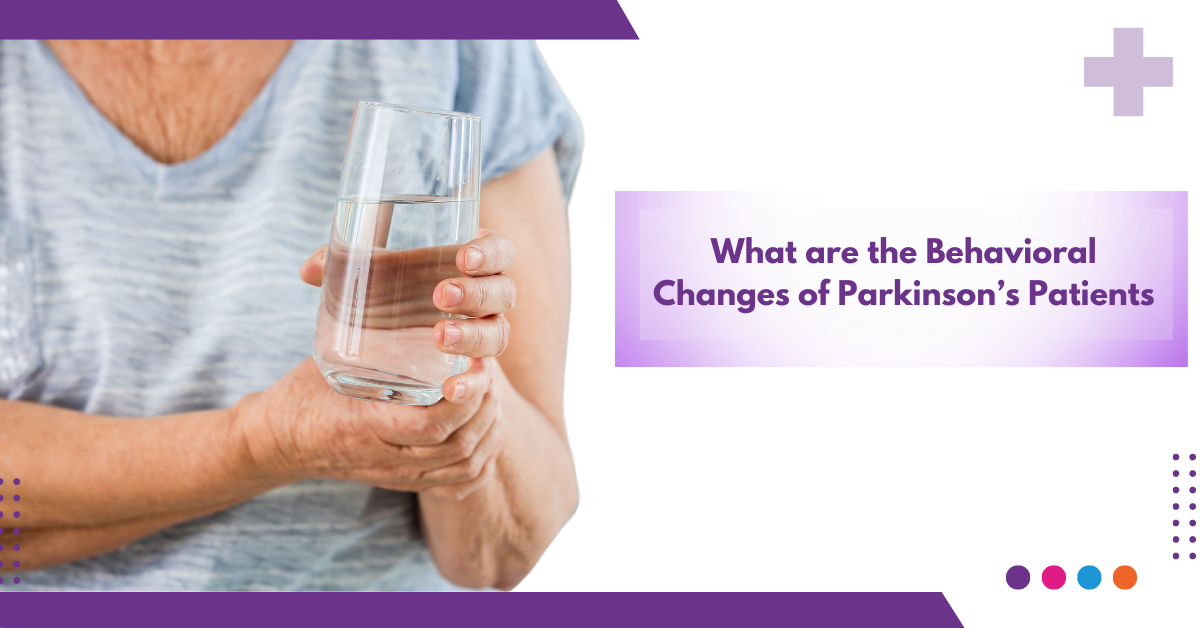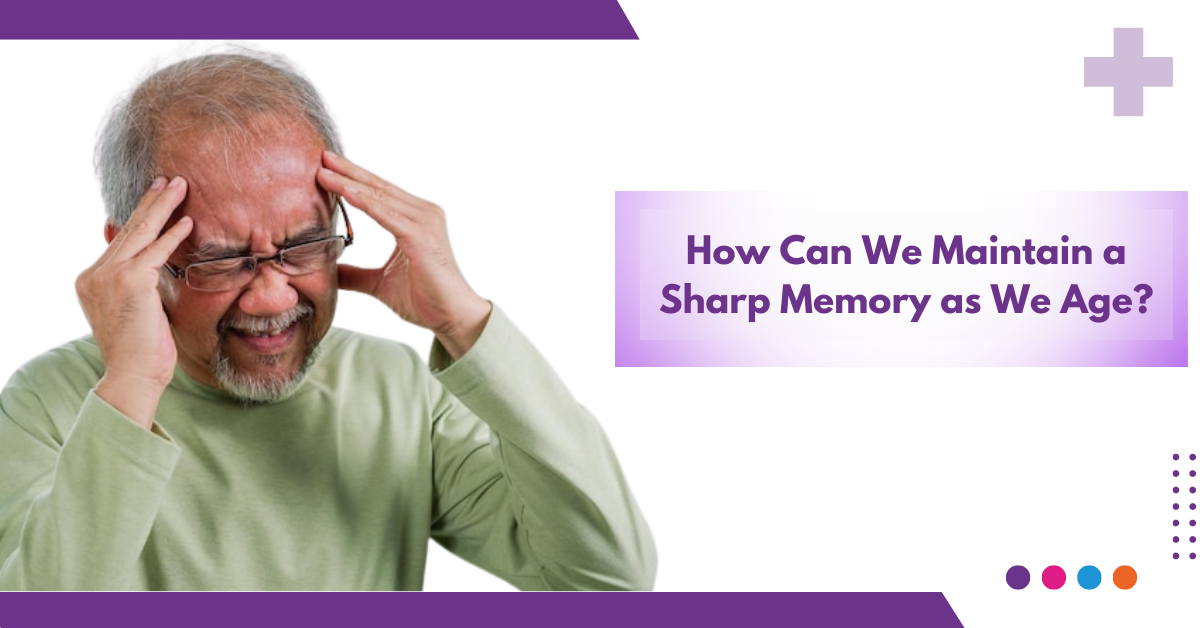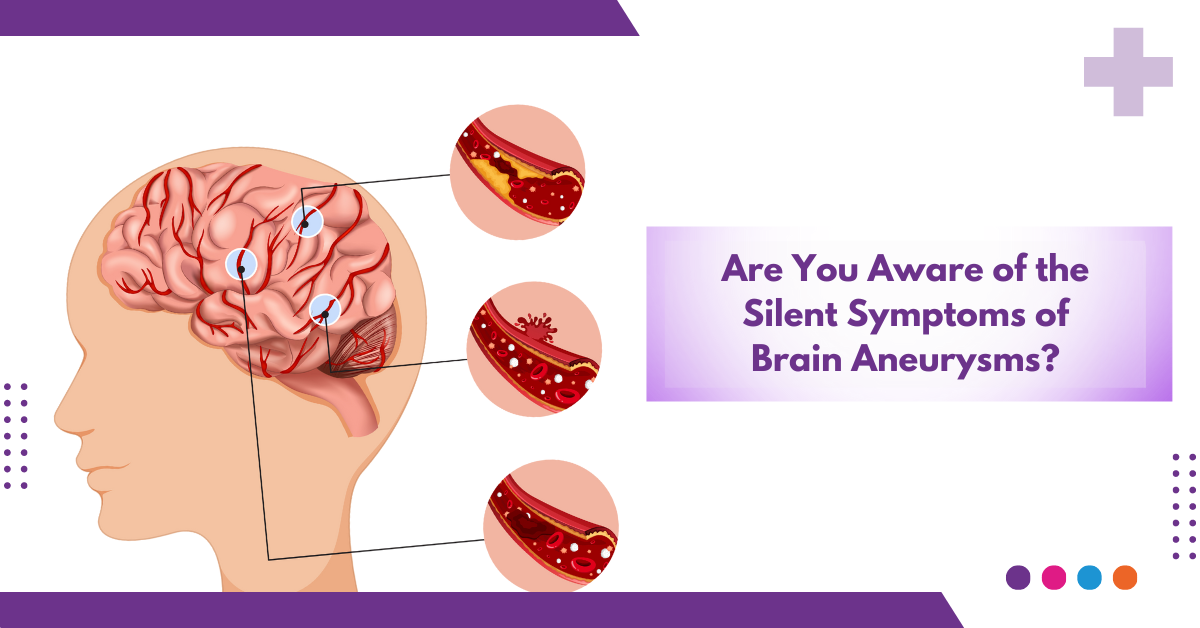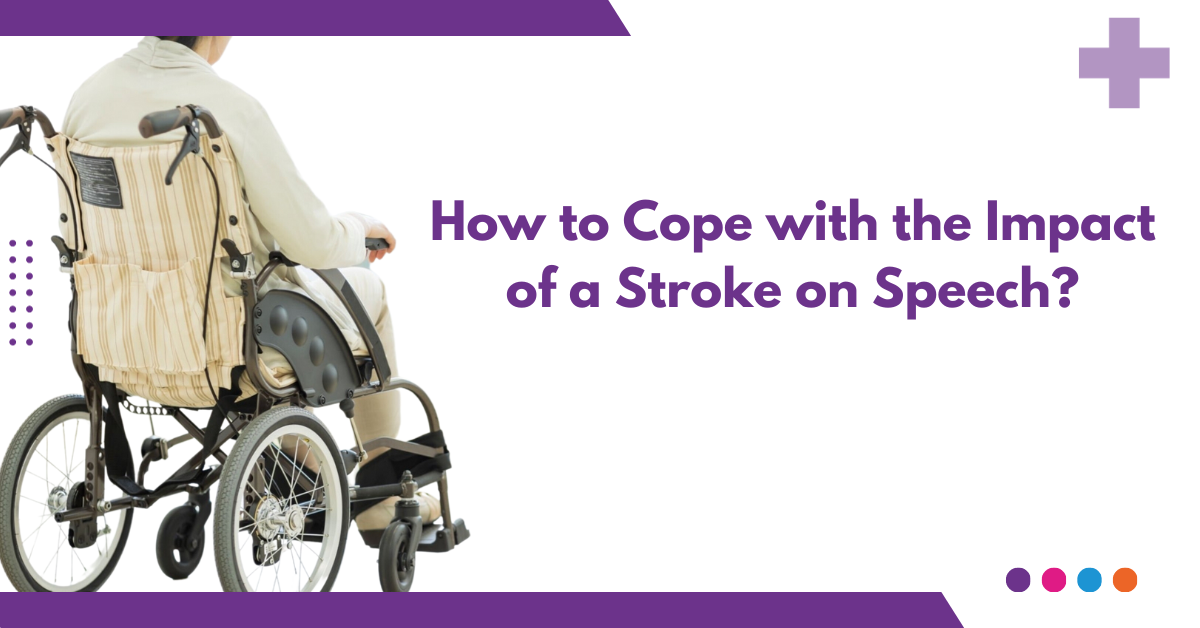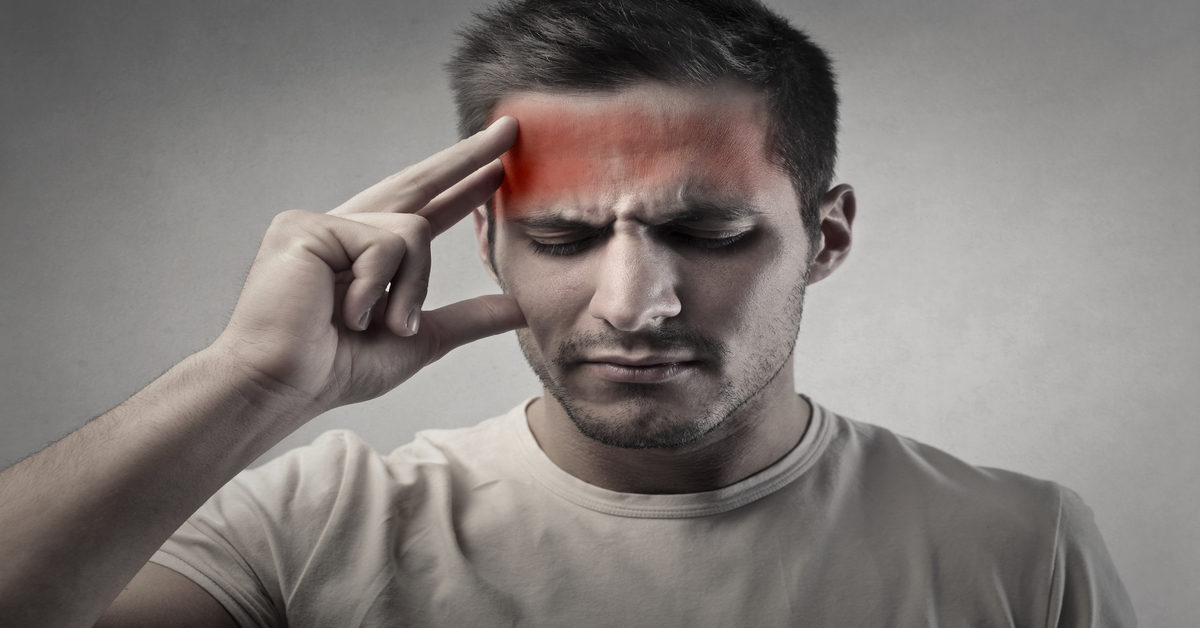
A stroke is a serious medical event that can be life-threatening. It also greatly increases the risk of paralysis, a condition in which a person cannot move their muscles. Stroke paralysis occurs when the flow of neural signals between the brain and muscles is interrupted.
In most cases, stroke paralysis impacts the side of the body opposite to where the brain is injured. Ninety percent of people who have a stroke experience some form of paralysis. In this article, we have outlined the causes, symptoms, and prevention strategies for stroke paralysis.
What is meant by stroke paralysis?
Stroke paralysis or hemiplegia, typically affects the side of the body opposite to the side of the brain impacted by the stroke. For instance, if the stroke occurs in the left side of the brain, paralysis may appear on the right side of the body, and if stroke occurs on the right side, left side paralysis after stroke may occur.
This happens because each side of the brain controls movement on the opposite side of the body. Specific areas of the brain, like the motor cortex, send detailed signals to the muscles, allowing you to move them when you want.
In 90% of stroke cases, some level of paralysis happens. However, with the right blend of physiotherapy, medication, and focused recovery exercises, restoring movement and stroke paralysis recovery is possible.
What causes stroke paralysis?
1. Transient Ischemic Attack:
- Doctors view a transient ischemic attack (TIA), or “mini-stroke” as a warning sign of a possible future stroke.
- A mini-stroke occurs when blood flow to the brain is briefly interrupted, causing symptoms that last only a short time.
2. Ischemic stroke:
- The second cause of paralysis on our list is an ischemic stroke, which happens when a blood clot blocks blood flow to the brain.
- Most clots form from fatty deposits building up inside a blood vessel.
- These deposits can break loose, cutting off blood flow to the brain.
- In some cases, a clot may travel from one part of the body to another, often due to irregular heartbeats.
- Unlike a mini-stroke, which can sometimes resolve on its own, an ischemic stroke requires immediate medical help.
3. Hemorrhagic stroke:
- Finally, hemorrhagic strokes can lead to paralysis.
- This type of stroke happens when a blood vessel in the brain bursts, causing blood to spread over brain tissue.
- In modern medicine, hemorrhagic strokes are classified into three main types:
4. Aneurysm:
This causes the weakened part of the blood vessel to swell and sometimes even burst.
5. Arteriovenous malformation:
In this type, usually formed blood vessels can burst and lead to a hemorrhagic stroke.
6. Bleeding in the brain:
High blood pressure can weaken small blood vessels, leading to bleeding in the brain. It is important to seek immediate stroke treatment in Coimbatore to avoid complications.
What are the causes and symptoms of stroke paralysis?
Stroke paralysis, or hemiplegia, typically affects the side of the body opposite to the side of the brain impacted by the stroke. For instance, if the stroke occurs in the left side of the brain, paralysis may develop on the right side of the body.
This happens because each side of the brain controls movement on the opposite side of the body. Specific areas of the brain, like the motor cortex, send a series of signals to the muscles, allowing you to move them as needed.
When a severe stroke damages these parts of the brain, the signals to the muscles are disrupted. This prevents the muscles from responding to the brain’s instructions, leading to paralysis. It is important to note that the muscles themselves aren’t damaged, they are just not receiving the brain’s signals to move.
This loss of communication not only causes paralysis but can also lead to other effects. Some common symptoms that often appear alongside stroke-related paralysis include:
-
Contractures:
Tightening of soft tissue due to very stiff muscles, which can limit movement around a joint.
-
Spasticity:
Muscles that feel stiff and tight because of spasms.
-
Dysphagia:
Swallowing difficulties
-
Dropped foot:
Difficulty lifting the toes toward the shin, which can lead to tripping or trouble walking.
-
Impairment of speech:
Unclear speech or other speech difficulties. Sometimes, disrupted movement signals cause muscle weakness instead of full paralysis. This condition, known as hemiparesis, still affects movement but is less severe than complete paralysis (hemiplegia).
Fortunately, these symptoms can be treated after a stroke with a dedicated rehabilitation program. Many stroke survivors can recover from paralysis after stroke and regain movement on the affected side by participating in rehab exercises.
How is the recovery period for post-stroke paralysis?
The best way to treat stroke paralysis is to encourage neuroplasticity. Neuroplasticity is the process your brain uses to heal by reorganizing nerve cells and creating new pathways.
These new pathways enable healthy parts of the brain to take over control from the areas affected by the stroke. By promoting neuroplasticity, you can establish connections between your brain and muscles to aid in recovery from paralysis.
You can encourage neuroplasticity by repeatedly practicing in the brain. As you strengthen these pathways, the connection between your brain and muscles will become stronger and more effective.
What are the effective treatment options for stroke paralysis treatment?
Treatment for stroke paralysis can vary widely. As mentioned earlier, what works for one person may not be effective for another. Therefore, it’s important to try different recovery methods for post-stroke paralysis to find what best suits your individual needs.
Survivors typically see the most significant improvements in function during the first six months of recovery. This period is known as spontaneous stroke paralysis recovery, when neuroplasticity is most active after a stroke. However, survivors can keep making progress for months and even years afterward.
For this reason, it’s important to keep working toward your goals, regardless of your recovery stage. Although survivors may hit a plateau or even see some decline, there is always hope for improvement after a stroke if you keep making progress.
The treatments listed below may not completely cure post-stroke paralysis, but they can improve your chances of recovery. For encouraging examples of how these methods can be effective, take a look at our stroke paralysis recovery stories. Here are some of the most effective treatments for stroke paralysis to help you get started:
1. Passive exercises:
- Passive exercises are one of the most popular and successful strategies for regaining mobility following a stroke.
- In passive exercise, you don’t move your muscles yourself.
- Instead, someone else, like a therapist or caregiver, or even your unaffected side, helps move the affected side for you.
- While doing passive exercises, pay close attention to the movement (watch it with your eyes and think about it in your mind).
- Over time, this can strengthen the connection between your brain and muscles, potentially allowing you to regain some muscle activation and movement in your limbs.
- As you go through passive exercises, pay close attention to the movement (watch it with your eyes and think about it in your mind).
- Over time, this can enhance the connection between your brain and muscles, and you may regain some of your movement.
- It’s essential to keep pushing yourself during rehabilitation to make the most of your stroke paralysis recovery.
- It’s also important to do therapy exercises with your unaffected side to build strength and independence.
2. Mental Practice:
- Mental practice means visualizing yourself doing a movement you want to improve.
- This type of practice happens entirely in your mind and doesn’t involve any actual movement.
- As a result, it can be beneficial for survivors at all ability levels, including those with stroke paralysis.
- Even though you’re not physically performing the movements, mental practice can still activate neuroplasticity and help rewire the brain.
- When you combine mental practice with physical therapy (like paralysis exercises), you can achieve even better results.
- In fact, research shows that combining mental practice with physical exercises can enhance mobility in stroke patients.
- Try to stay focused on your exercises as you do them to achieve the best results.
3. Mirror therapy:
- Finally, tabletop mirror therapy for stroke paralysis is an effective way to recover from hand paralysis after a stroke.
- This treatment involves placing a mirror over your affected hand and performing hand therapy exercises with your unaffected hand.
- When you see your unaffected hand doing the exercises in the mirror, it “tricks” your brain into believing that your affected hand is moving.
- This, in turn, supports neuroplasticity and helps rewire important motor connections between the brain and the hand.
4. Electrical stimulation:
- Another effective treatment for stroke paralysis is electrical stimulation.
- By applying gentle electrical currents to the affected muscles through electrodes, it helps the muscles contract and promotes movement.
- Neural pathways are encouraged to be rewired by this stimulation of the brain, muscles, and nerves.
- Combining electrical stimulation with stroke exercises makes the treatment even more effective.
- It can also help manage foot drop and address muscle atrophy after a stroke.
- As you can see, many of these treatments can and should be used together for the best results.
What are the prevention tips for stroke paralysis?
Along with treating stroke paralysis, it’s just as important to take measures to prevent a stroke from happening in the first place. Preventing a stroke, which can lead to paralysis, involves the following steps:
- Manage blood pressure
- Following strict lifestyle habits
- Maintain a healthy weight
- Follow an active lifestyle
- Reducing cholesterol in your diet
What is the outlook for stroke paralysis patients?
The severity of the damage and the underlying cause determine how hemiplegia appears. In the case of a stroke, quick medical help and treatment in a specialized stroke unit are crucial.
In some cases, paralysis can be significantly reduced, and in rare instances, it can be completely reversed. Most patients, however, need to learn to live with certain limitations. Ongoing therapy and safe practice help them adapt to their new circumstances or continue to make progress. There are also various tools, devices, and technologies that can help patients become more independent in their daily activities. Reach out to the best neurology hospital in Coimbatore if you are dealing with after stroke complications.




